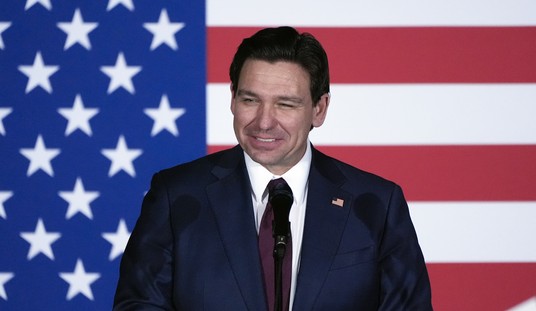Supposedly there are grand negotiations ongoing in Washington in search of a grand bargain to avoid a grand calamity - pushing the nation over the fiscal cliff. It appears, however, that whatever discussion is really happening is focused on how much additional "revenue" to extract from taxpayers' pockets instead of how strict of a diet to impose on the federal government.
The Democrats are obsessing about raising tax rates, while the GOP talks about closing loopholes. Either option takes more out of the private economy and puts it into the government's pocket resulting in a bigger government and smaller economy.
Memo to Congress: America's problem is not that government is too small. It's the spending, stupid!
For far too long, government has been growing (spending) faster than the total economy. Over just the last five years, government spending has increased by 29.6 percent while the total economy has grown barely 8 percent.
Obama maintains that there are only two options available for Congress:
- push the nation over the fiscal cliff by raising taxes on everyone on January 1, 2013, or
- Obama's "plan" that includes $1.6 trillion of immediate tax increases over the next decade and a wink-and-nod promise to talk about spending cuts later.
Essentially, he has put a gun to the head of Congress making a threat of "higher taxes now-talk of spending cuts later, or fiscal Armageddon."
The President would have us – and Congress – believe that "his plan" includes as much as $3 in spending cuts for every dollar of tax increases.
This claim, however, comes from the same President that said ObamaCare would reduce the federal deficit. We now know that instead of saving money, his health care bill will cost taxpayers more than $2 trillion over the next decade.
Recommended
Obama's latest "spending cuts" fantasy is based largely on the double counting of already programmed spending reductions from the 2011 debt-ceiling deal struck with the House GOP, accounting for money he wasn't going to spend anyway fighting wars in Iraq and Afghanistan after 2014, and more than $600 billion of supposed savings on interest expense on phantom debt that hasn't even been created.
As with ObamaCare, this is another lesson in Obama's shell game accounting that is really just a contest of what is real and what is imaginary.
This isn't the first time that Washington politicians pondered the tax increase now – spending cuts later conundrum. "We've been down this road before," as CATO's Michael Tanner recently explained in a fine summary piece in National Review Online. Here are some key excerpts:
In 1982, Ronald Reagan agreed to raise taxes as part of a deal that promised $3 in spending cuts for every $1 in tax hikes. By the time Reagan left office, tax receipts had indeed risen by $290 billion. But not only had spending not been cut, it had actually risen by $318 billion, an increase in spending of $1.10 for every $1 in new taxes. The result was an even bigger budget deficit than the country had before the deal passed. Writing in his memoirs, Reagan called the tax-and-spending agreement one of the biggest domestic mistakes of his presidency, noting that “later the Democrats reneged on their pledge and we never got those cuts.”
In 1990, President George H. W. Bush approached the football, famously breaking his “read my lips, no new taxes” pledge, and agreed to a deal that promised $2 in spending cuts for every $1 in taxes. As with Reagan, the tax hikes proved all too real, an almost $60 billion increase by 1992. But once again, not only did the spending cuts fail to materialize, spending actually increased by $128 billion, a $2.10 increase for every $1 in tax hikes. The deficit, of course, increased as well.
If that seems like distant history, the 2011 deal to increase the debt limit promised $1 trillion in spending cuts, even before the upcoming sequester. Instead, spending since then has increased by $132 billion. And both Republicans and Democrats are currently scrambling to avoid the sequester’s cuts as well. Read more

























Join the conversation as a VIP Member